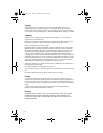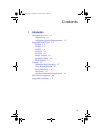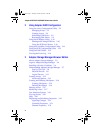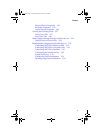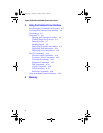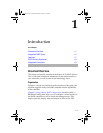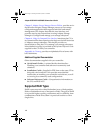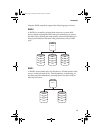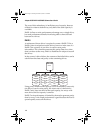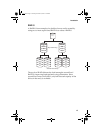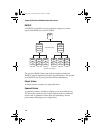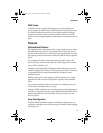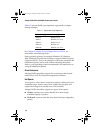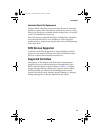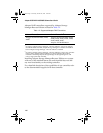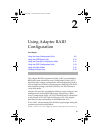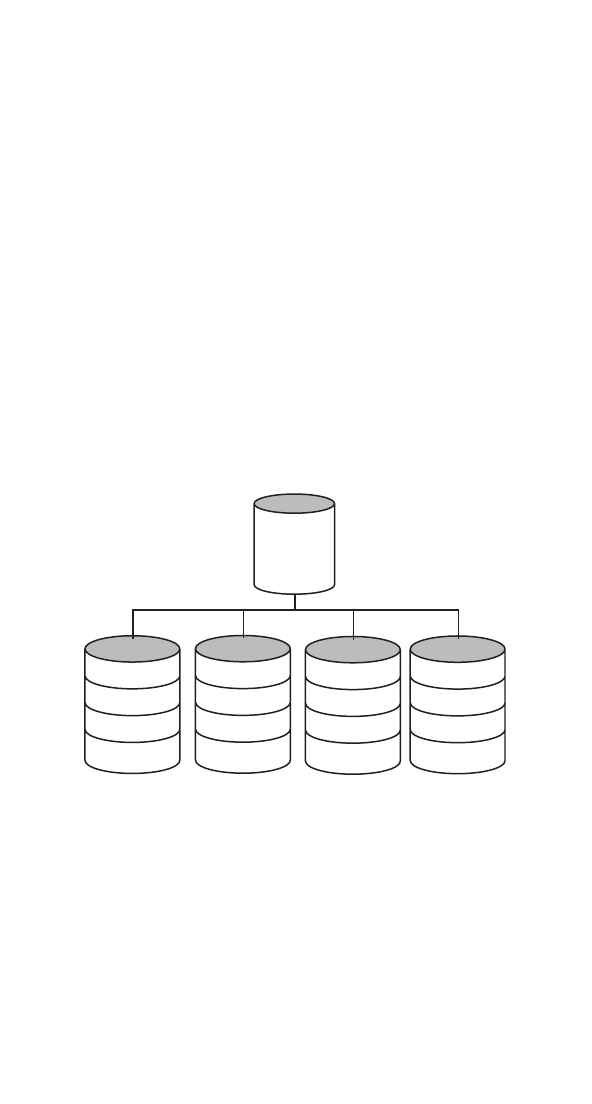
1-4
Adaptec SCSI RAID 2120S/2200S Software User’s Guide
The cost of this redundancy is inefficient use of capacity, because
all data is written to both drives, only half of the total capacity is
available.
RAID-1 offers no write performance advantage over a single drive,
but read performance benefits from being able to share the load
between two drives.
RAID-5
A minimum of three drives is required to create a RAID-5. Like a
RAID-0, data is striped across the drives, however in the case of a
RAID-5, the capacity of one drive is used to store parity
information. The controller generates this parity data every time
data is written to the array, and it is distributed in stripes across all
the drives.
In the event of a drive failure, the contents of the failed drive can be
rebuilt from the data and parity on the remaining drives.
Using parity minimizes the capacity cost of redundancy. Since only
one drive is used to store parity, the worst case of a three-drive
RAID-5 only loses one third of the total capacity, for arrays with
more drives the lost capacity is smaller.
RAID-5 write performance is limited by the need to generate parity
data for every write. Read performance is good because the load is
spread equally across all the drives.
Data 0
Data 3
Data 6
Parity 3
RAID-5
Parity 0
Data 5
Data 8
Data 11
Data 2
Parity 1
Data 7
Data 10
Data 1
Data 4
Parity 2
Data 9
Drive
Drive
Drive
Drive
UG.book Page 4 Saturday, October 26, 2002 12:08 PM



